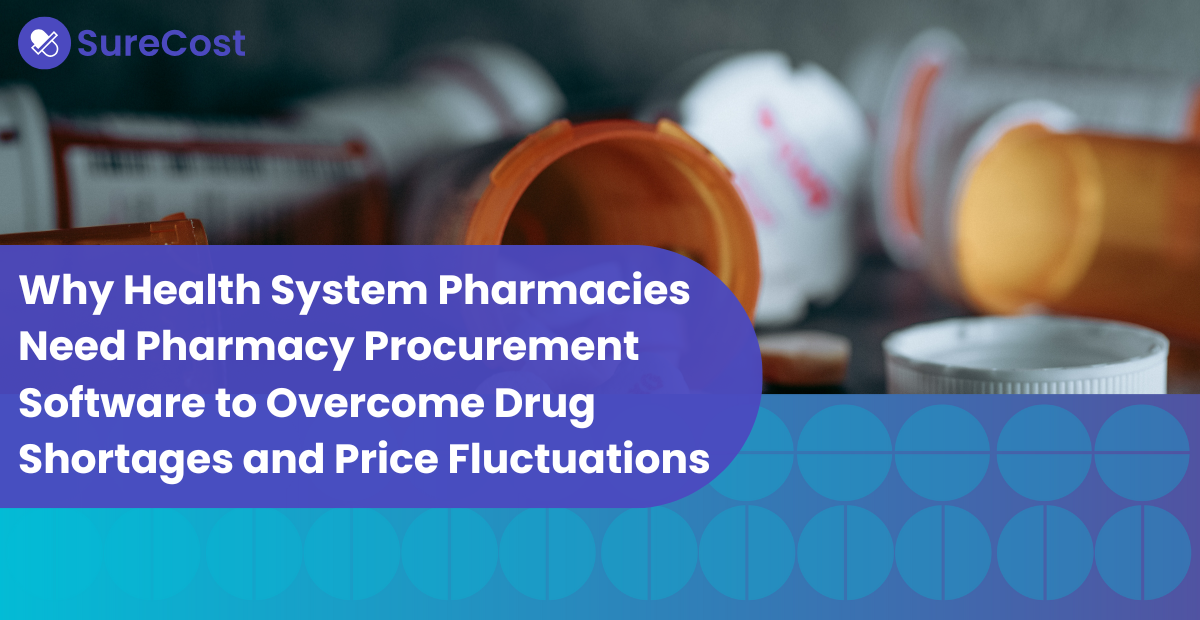The pharmacy industry is continually evolving, and 2025 is shaping up to bring significant changes that will impact pharmacy operations across the board. From regulatory shifts to workforce challenges, pharmacies must be proactive in adapting to the new realities. Here's a closer look at the key issues on the horizon and strategies to not only survive but thrive in the coming year.
The Challenges Ahead
1.IRA Impact on Pharmacies
The Inflation Reduction Act (IRA) will continue to reshape the pharmaceutical landscape, with several key implications for pharmacies. Manufacturers are expected to hike drug prices to offset revenue losses, while new drugs may launch at higher price points to preemptively account for IRA-driven changes.
Portfolios are likely to shift as manufacturers adapt to a more competitive environment, prioritizing products that align with these new dynamics. Additionally, commercial plans will adjust their strategies to maintain advantages, and pharmacy benefit managers (PBMs) are expected to alter formularies to compensate for shrinking margins. These ripple effects will create a challenging environment for pharmacies, requiring proactive measures to navigate the evolving landscape.
2. Worsening Drug Shortages
Drug shortages are projected to become more severe, impacting everything from essential medications to specialty drugs. Pharmacies will need robust systems to track inventory, manage substitutions, and communicate effectively with healthcare providers and patients.
3. Shrinking Staff Pool
The healthcare workforce shortage, particularly in pharmacy, shows no signs of abating. Pharmacies will need to find ways to do more with less, balancing the need for high-quality care with limited staff availability. 83% of schools were unable to fill all seats for entering cohorts in 2019. National Center for Health Workforce Analysis projects a shortage of 4,980 pharmacists over the next 15 years
4. Further DSCSA Updates
With additional requirements from the Drug Supply Chain Security Act (DSCSA) coming into effect, pharmacies must ensure compliance with tighter tracking and tracing of medications. Non-compliance could result in operational disruptions and financial penalties.
Strategies to Prepare and Overcome Challenges
1. Consolidate Purchasing
By centralizing purchasing processes, pharmacies can gain better control over procurement, negotiate more favorable contracts, and reduce overall costs. Consolidation can also simplify inventory management, reducing waste and ensuring essential medications are always available.
2. Enable Data-Driven Decisions
Leveraging analytics to track spending, monitor inventory, and predict shortages can provide pharmacies with the insights needed to stay ahead. Data can also help identify inefficiencies and opportunities for savings, enabling smarter, faster decision-making.
3. Leverage Technology and Automation
Investing in automation and technology is no longer optional—it's essential for staying competitive. Automated ordering systems, inventory management platforms, and compliance tracking tools can reduce manual workloads, enhance accuracy, and free up staff to focus on patient care.
Looking Ahead
While 2025 brings its share of challenges, pharmacies that adopt proactive strategies can turn potential obstacles into opportunities. By consolidating purchasing, embracing data-driven insights, and leveraging technology, pharmacies can build resilience and position themselves for long-term success.
The key to overcoming these challenges is preparation. Start planning now to ensure your pharmacy is equipped to adapt and thrive in the evolving healthcare landscape.
Are you ready to future-proof your operations? Contact us for help and explore how technology and strategic planning can help you tackle 2025 head-on.




.png)


